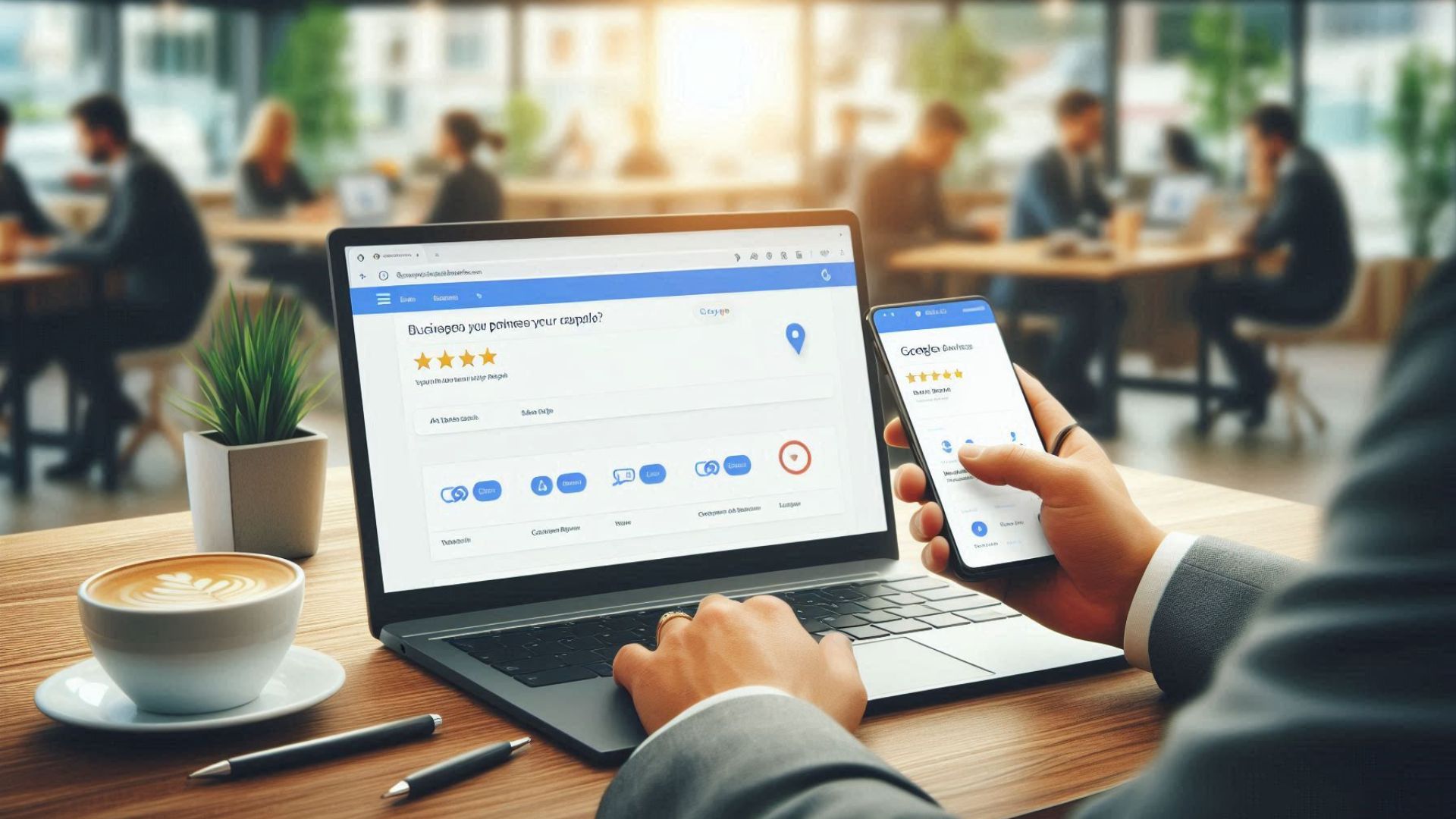How can I Improve Local Citations?
If you’re just getting started with building local citations, doing it manually is a simple and beginner-friendly approach. You don’t need any fancy tools or special skills—just some time and attention to detail. That said, there are a few best practices to keep in mind. It can get a bit time-consuming, so if you ever feel overwhelmed, you can always explore citation-building services. But don’t worry—we’ll walk you through exactly how to do it yourself, step by step.
So, How Do You Build Local Citations to Boost Local SEO?
There are three main ways to build local citations:

- Manually submitting your business info to directories and niche sites
- Using a data aggregator
- Using an API (usually for bulk submissions through tools)
Most small businesses start with manual submissions. They’re straightforward, don’t require any tools, and if done carefully, can be more accurate than automated options.
Before You Start: Clean Up Your Existing Citations
Before jumping in and creating new listings, it’s smart to audit what’s already out there. This helps you avoid creating duplicates and gives you a chance to fix any outdated or incorrect info first.
Make sure your business name, address, and phone number (often called NAP) are accurate and consistent everywhere online. Even small differences can confuse customers—and search engines.

Also Read: How do I Optimize My Google My Business Profile?
Here’s why it matters:
- 68% of consumers say they’d stop using a local business if they saw wrong info in an online listing.
- Nearly 25% have shown up to the wrong location because of an incorrect address online.
You can’t afford to lose trust—or business—over something so easily fixed.
If you’re having trouble tracking down your existing listings, tools like Citation Tracker or Local Listings Health Scanner can help.
Find the Right Places to List Your Business
The next step is to figure out where you want your business to appear online. Not all directories are created equal, so focus on quality over quantity.

Look for sites that:
- Have high domain authority
- Are relevant to your industry or location
- Allow user reviews or have good traffic
Avoid spammy or low-quality directories—they won’t help your SEO and might even hurt it.
Spy on Your Competitors
Your competitors can actually help you find great citation opportunities. Take a look at where they’re listed and compare that to your own profile. See any sites you’re missing? Add those to your list—especially if they’re local or niche-specific.
You can automate this with tools like Citation Tracker, or do it manually by Googling their business name and details. Keep everything organized in a spreadsheet so you can stay on top of your progress.

Also Read: How can Local Link Building Boost SEO?
Use Google to Discover More Niche Directories
Another easy trick is to Google keywords related to your business and location. For example, search “best plumber directories in Chicago” or “[your industry] business listings.” You’ll often find both general and niche directories this way.

Look out for big platforms like Yelp or the Better Business Bureau if you haven’t already claimed your listing there. Also keep an eye out for:
- Industry associations
- Local business groups
- Chamber of Commerce sites
- Government or community directories
The best directories usually show up on the first couple of pages in Google.
Bonus tip: You can also build unstructured citations by getting your business mentioned in local blogs, news sites, or event pages.
Check Site Quality with the Moz Toolbar
Not sure if a directory is worth your time? Download the free Moz Toolbar. It shows domain authority, page authority, and spam score, helping you decide which sites are worth targeting.
Use Ready-Made Lists (Work Smarter, Not Harder)
There are online resources that list top directories by industry or country. These save you a ton of research time. You’ll find:

- Lists for over 40 different industries
- Domain authority scores
- Notes on whether each listing is free or paid
If you’re in the US, UK, Canada, or Australia, look for country-specific top 50 citation site lists with direct links.
Time to Make Your Manual Submissions
Now that you’ve got your target list, it’s time to get to work.
Here’s how:
- Search for your business name on each site to see if a listing already exists.
- If it does, check the info for accuracy—especially your NAP, business hours, website, and email.
- If everything looks good, claim the listing. If not, claim it and correct the details. This usually involves verifying that you own the business—either by phone, email, or receiving a postcard.
- If there’s no listing yet, click “Add Business” and fill in the form. Always use the same format for your NAP to keep things consistent.

Also Read: How can I Boost Local Reviews for SEO?
Keep Track of Everything
Manual submissions aren’t a “set it and forget it” job. You’ll probably need to update your info later on, so it’s smart to keep a spreadsheet with:

- A list of each directory site
- The login info you used
- The link to your live listing
This makes it much easier to make changes later—or hand it off to someone else on your team.
If keeping up with everything feels like too much, you can always use a listings management tool to handle future updates.




Post Comment